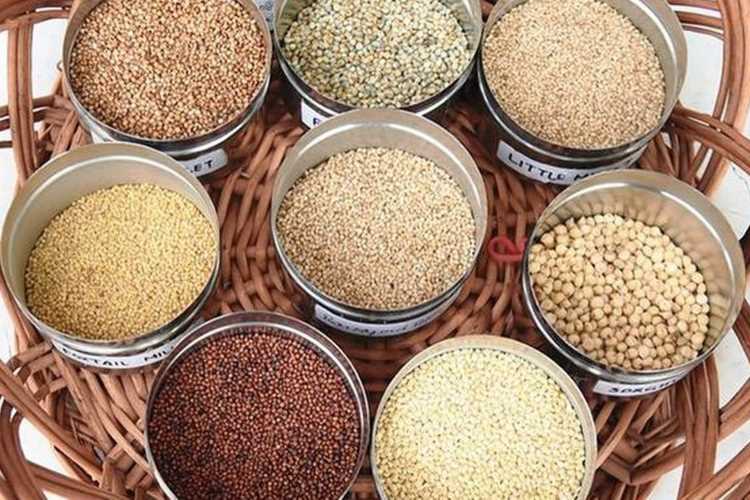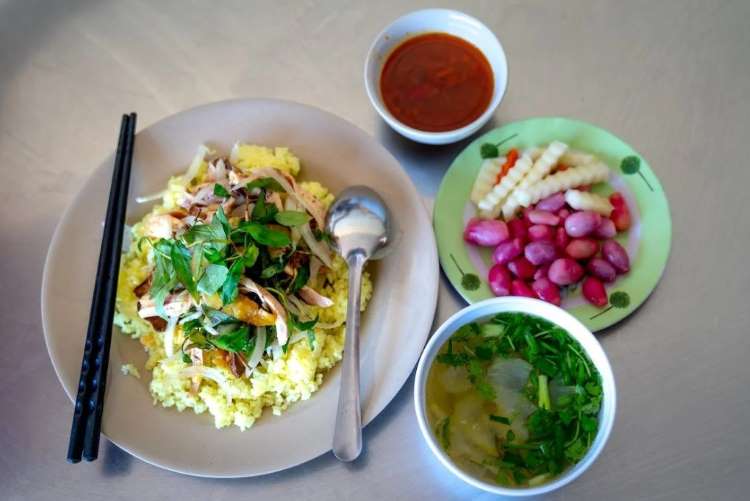
Shifting consumer preference towards healthier and more sustainable food options has encouraged many food entrepreneurs in India to turn to millet. These superfoods have made a strong comeback in recent years. Over the past few years, the market for millets in India has witnessed impressive expansion. Area under millet cultivation surged from 12.29 million hectares in 2013-14 to 15.48 million hectares in 2021-22, according to government data.
The estimated millet yield in India has more than doubled since 1966, and India’s average yield in millet farming in 2021-22 is 1208 kgs per hectare. This significant boost in millet production and yield has not only strengthened the supply chain but has also opened doors for a wide variety of millet-based products to enter the market.
Millet-based products come in various categories, catering to diverse consumer preferences. These include flour, snacks, breakfast cereals, and ready-to-eat meals and beverages. According to the latest data, the millet market is estimated to expand at a CAGR of 4.60%, going from $11.02 billion in 2023 to $13.80 billion by 2028 (Stringent Analytics, 2023). The millet packaged food market size was valued at $39.5 million in 2022 and is slated to grow at a CAGR of 10.2% from 2023-2029, reaching nearly $78.5 million. The highest segment in this market is millet-based snacks, followed by millet-based breakfast cereals and millet-based breads (MMR, 2023).
READ I India’s electric vehicles ambition runs into a Chinese wall

As exemplified by Tata Consumer Products, which launched Tata Soulful Masala Oats in July 2022. This is a product crafted from wholegrain oats and traditional Indian millets. The industry giants are recognising the transformative potential of millets. Consumer preferences drive the way these markets evolve. According to a recent survey, urban consumers prefer millet-based breakfast cereals and snacks for convenience and healthiness. Meanwhile, millet flour and grains find more use in traditional rural cooking.
The demand for millet products varies significantly across different regions of India. Southern states like Karnataka, Tamil Nadu, and Andhra Pradesh have a strong millet consumption culture and account for a significant portion of the market. However, millet products are also gaining popularity in other regions, including the northern and western states. The number of millet entrepreneurs in India has concurrently experienced a notable upswing.
Millets startups take wings
As of 2023, the country has approximately 1,000 millet products startups, as reported by the Indian Council of Agriculture Research. These entrepreneurs have swiftly recognised the potential of millet as a sustainable and healthy food source, prompting them to diversify their product portfolios accordingly. Furthermore, many entrepreneurs in India have plans to increase the production, consumption, and exports of millet-based products.
One of the primary opportunities that millet entrepreneurs are capitalising on is increasing millet awareness among consumers. Recent surveys by leading market research firms reveal that many urban Indians are now acquainted with millets and their nutritional advantages. Another positive trend is the comeback of millets in traditional Indian cuisine.
As people aim to reconnect with their cultural roots through their food choices, millet-based products are becoming increasingly popular. What’s more, clear and informative food labeling plays a significant role in attracting health-conscious consumers. These labels emphasise millet-based products’ nutritional value and health benefits, ultimately influencing purchasing decisions positively.
In the present context, millet entrepreneurs have faced challenges in producing millets, processing, value addition, marketing, and consumption. The area under millet is declining drastically in India. Hence, bringing fallow and wastelands under millet cultivation is essential to increase production. Also, it is essential to incentivize millet farmers to encourage them to grow millet. Getting quality millet seeds is a problem for farmers. Hence, it is indispensable to establish seed hubs for breeding and producing seeds, and all the stakeholders need to join hands together to improve the seed value chain. Millet processors also confront many problems due to millet grains differing in size, shape, and husk content.
Furthermore, output has more un-hulled and broken grains. So, a double-stage dehuller is needed to eliminate the husk. Further, it is necessary to use the millet husk to make value-added products to solve the problem.
Despite increasing awareness, a significant portion of the population remains uninformed about millets, posing a barrier to market penetration. Furthermore, the perception of millets as challenging to prepare inhibits their adoption among consumers. Sensory attributes also present a challenge, as some individuals find the taste and texture of millet-based products unfamiliar compared to traditional staples like rice and wheat.
Addressing the historical image problem of millet as “poor man’s food” is another concern that entrepreneurs must overcome. Moreover, building trust in the quality and safety of millet products is crucial, as consumers can be skeptical about trying new and unfamiliar foods. Lastly, the longer gestational cycle of millet crops necessitates careful planning for extended production timelines, which can impact entrepreneurs’ business strategies.
One of the critical challenges that millet entrepreneurs face, arguably the most urgent, is the limited shelf life of millet products. Millets are susceptible to spoilage, rancidity, and bitterness due to their natural oils and fats. This presents a significant disadvantage as it limits the product’s shelf life and makes storage and distribution more challenging. To address this challenge, entrepreneurs should invest in advanced packaging and distribution strategies to guarantee their products reach consumers in the best possible condition.
As we look ahead, the potential for millet in India remains vast. With a growing market and more people recognizing their nutritional advantages, millet entrepreneurs are in a great position to influence the future of sustainable and healthy eating in the country. Millets, often referred to as the “superfoods,” are packed with nutrients and capable of withstanding climate challenges, making them an ideal choice for a sustainable food ecosystem.
(Dr Priya Shah is Assistant Professor of economics at LJ University, Ahmedabad. Dr. Naliniprava Tripathy is Professor (Finance &Control) at IIM Shillong.)
Naliniprava Tripathy is an Indian economist based in Shillong. She teaches finance at IIM Shillong.


